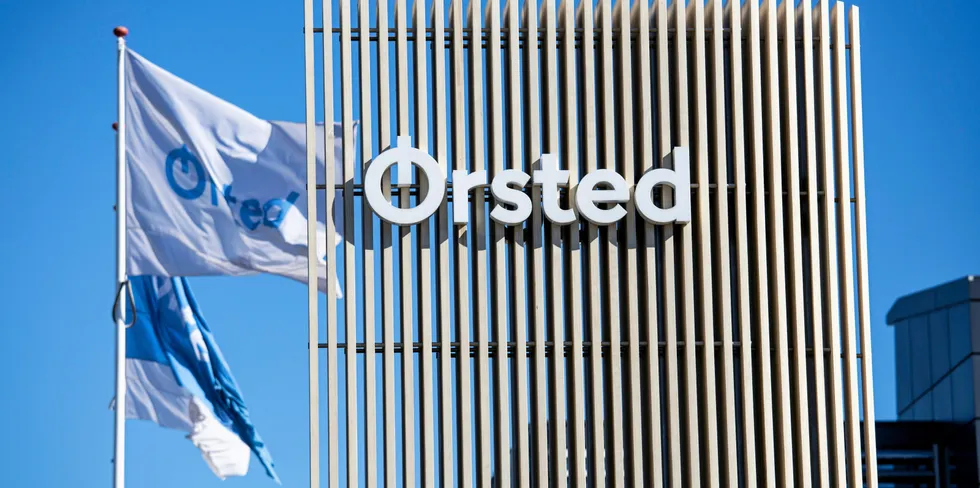Iberdrola, Orsted and partners launch global coalition to halve green hydrogen costs within six years
Seven founding companies will work together on $110bn Green Hydrogen Catapult initiative to drive down price of renewable H2 below ‘tipping point’ of $2/kg
